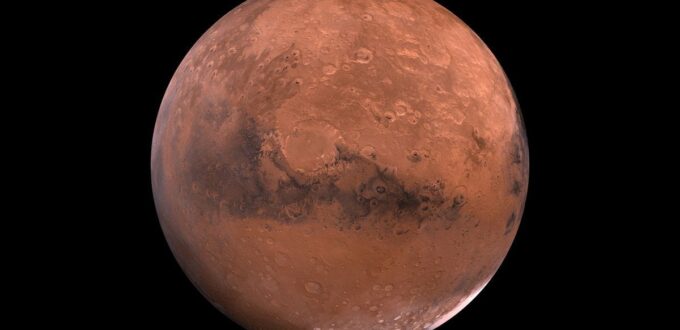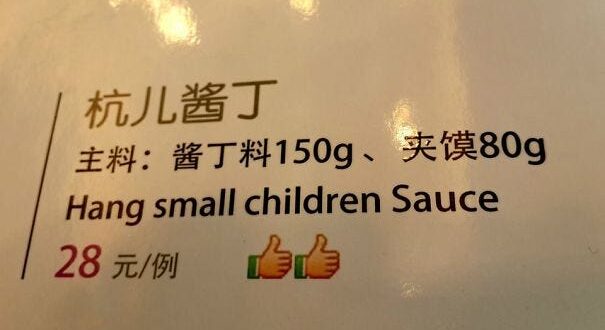An article by Sharmila Kuthunur for www.space.com.
The article by Sharmila Kuthunur highlights a subtle change that might have gone unnoticed but underscores how easily history can be rewritten—especially when it’s written in code rather than in stone.
The recent alteration of Vera Rubin’s biography in the Rubin Observatory’s website serves as a stark reminder of the broader need to capture and preserve oral histories before they can be rewritten or erased. Oral histories provide an unfiltered record of lived experiences. When governments or institutions attempt to reshape narratives for political purposes, these firsthand accounts become even more valuable as a safeguard against revisionism. By transcribing and archiving oral histories, we ensure that diverse voices and untold stories remain protected, accessible, and truthful for future generations.
Astronomers are expressing disappointment and alarm as the federally-funded Rubin Observatory altered the biography of renowned astronomer Vera Rubin, for whom the facility is named, on its website. The amended version curtails her legacy of championing women in science and removes all mentions of the observatory’s efforts to reduce barriers for women and other historically underrepresented groups in the field.
“No executive order, no political edict is going to undermine or end our efforts to make the scientific workforce look more like our people,” astronomer John Barentine told Space.com. “If anything, it is giving us more encouragement to continue to do this work, because it is the morally, philosophically and politically right thing to do.”
The edits, first reported by ProPublica on Jan. 30, came as federal agencies across the government scramble to revamp their websites in order to comply with a U.S. executive order issued by President Donald Trump, which ends funding for diversity, equity, and inclusion (DEI) efforts and removes all mentions of them from public-facing websites.
On Jan. 27, a portion of Rubin’s bio titled “She advocated for women in science” was removed entirely before being republished later that day in a diluted form, ProPublica reported. As of publication of this story Tuesday (Feb. 11), the altered bio still excludes a paragraph that originally read: “Science is still a male-dominated field, but Rubin Observatory is working to increase participation from women and other people who have historically been excluded from science. Rubin Observatory welcomes everyone who wants to contribute to science, and takes steps to lower or eliminate barriers that exclude those with less privilege.”
One sentence in the final paragraph, which originally read, “Vera Rubin offers an excellent example of what can happen when more minds participate in science,” was changed to replace “more” with “many,” altering the meaning from emphasizing the need for diverse perspectives to simply highlighting a high number of people.
“This is the story of what happened in her life,” Yvette Cendes, a radio astronomer at the University of Oregon, told Space.com. “She was a huge champion for women in science in particular because she faced things that were discriminatory for women — diminishing those stories is pretty disturbing, frankly.”
Other pages on the observatory’s website, including the jobs and staff bio pages, have also been modified to erase mentions of diversity and inclusion efforts. The Observatory, its funder, the National Science Foundation, and the White House did not respond to Space.com’s request for comment on Feb. 3.
Rubin earned worldwide recognition for changing the way we think of the universe by showing that galaxies are mostly composed of dark matter, the mysterious, invisible substance that makes up much of the cosmos. Her research provided crucial evidence for dark matter’s existence through observations of stars in our neighboring galaxy Andromeda, where she found that stars moved at the same rate regardless of their position — an indication of “missing” mass, which she proposed could be explained by dark matter. Her findings shifted scientific consensus toward accepting dark matter as a fundamental component of the universe, opening new realms in astronomy and physics.
Beyond her scientific achievements, Rubin also paved the way for women in science. Perhaps most notably, in 1964, she battled to gain access to observe at the famed Palomar Observatory in California, becoming the first woman officially allowed to use its telescopes. Colleagues recall that when Rubin noticed the only restroom at the observatory was labeled “MEN,” she cut out a tiny paper skirt and taped it to the image of a man on the door. “She turned around and said, ‘Now you have a ladies’ room’ and then she got to work — that was Vera Rubin,” reads a 2021 statement from former Carnegie Science President Eric Isaacs.
Throughout her career, she championed women in the field. As one example, “she frequently would see the list of speakers [at a conference],” former colleague Neta Bahcall of Princeton University told Astronomy.com, “and if there were very few or no women speakers, she would contact [the organizers] and tell them they have a problem and need to fix it.”
“But what if she hadn’t been that fierce? What if she hadn’t been the personality that we have all come to know — the unstoppable warrior?” Isaacs said in the Carnegie Science statement. “And here’s the question that really haunts me, which is how many Vera Rubins have we lost to these kinds of obstacles?”
As similar barriers are threatening to resurface due to the Trump administration’s ongoing efforts to erase initiatives aimed at improving diversity in science, the astronomy community seems to be remaining steadfast in its refusal to reverse decades of progress.
“Astronomy is not going to let Vera’s contributions be forgotten,” said Barentine. Various groups are actively working to use tools to archive content that has already been removed, as well as content that could potentially be erased from federal websites.
“The idea that they can somehow obliterate these sources is dead wrong — scientists in general and astronomers in particular are not going to take these threats lying down,” he said. “But we have a long road ahead and I expect there’ll be times when that road will be very difficult to walk.”
He declined to disclose the specifics of these efforts, but noted that “the forces aligned against this should be aware that it’s happening, and they won’t be able to stop it.”
Even at NASA, offices associated with DEI initiatives were shut down during Trump’s first few days in office. A recently instated, high-profile program called Here to Observe (H2O), which paired undergraduate students from underrepresented groups with scientists running NASA missions, was recently grounded. The media outlet 404, an independent journalist-founded news website, reported that NASA employees were told to “drop everything” and “scrub mentions” of a list of words from public-facing sites, including “Indigenous People,” “Equity,” “Accessibility,” “Environmental Justice” as well as “Anything specifically targeting women (women in leadership, etc.).” NASA has since removed “inclusion” as one of its core values.
The flurry of changes triggered by the directive has led to the erasure of articles featuring NASA astronomers from underrepresented communities that the agency published in years past, like this one. Now, these pages sometimes display launch schedules of past SpaceX launches instead of the original prose. The original titles appear to remain. Agency employees have also been instructed to remove their pronouns from all work communications and instead follow a pre-designed signature block adopted by the agency, NPR reported.
Astrobiologist Michaela Musilova, who served as the Director of the HI-SEAS space research station in Hawaii, told Space.com that her efforts to encourage more women, people of color and LGBTQ+ scientists to join her simulated missions to the moon and Mars resulted in more applicants from these communities.
“Representation matters — some of them told me that they only applied because they saw that others like them were successful in this sector too,” she said. During those simulated missions, “the more diverse a crew was, the more successful a mission ended up being — the team got along better, was able to problem solve more efficiently and they were also more productive with their research projects.”
The impacts of the ongoing changes, which have prompted many talented and experienced people to leave the space agency, “will likely be long-term and they could cause many interesting projects to not get pursued or finished,” she said.
On May 17, 1996 — nearly 50 years after her own graduation in 1948 — Rubin addressed the graduating class at the University of California, Berkeley, saying: “I hope that you will fight injustice and discrimination in all its guises. I hope you will value diversity among your friends, among your colleagues, and, unlike some of your regents, among the student body population.”
“I hope that when you are in charge, you will do better than my generation has.”


